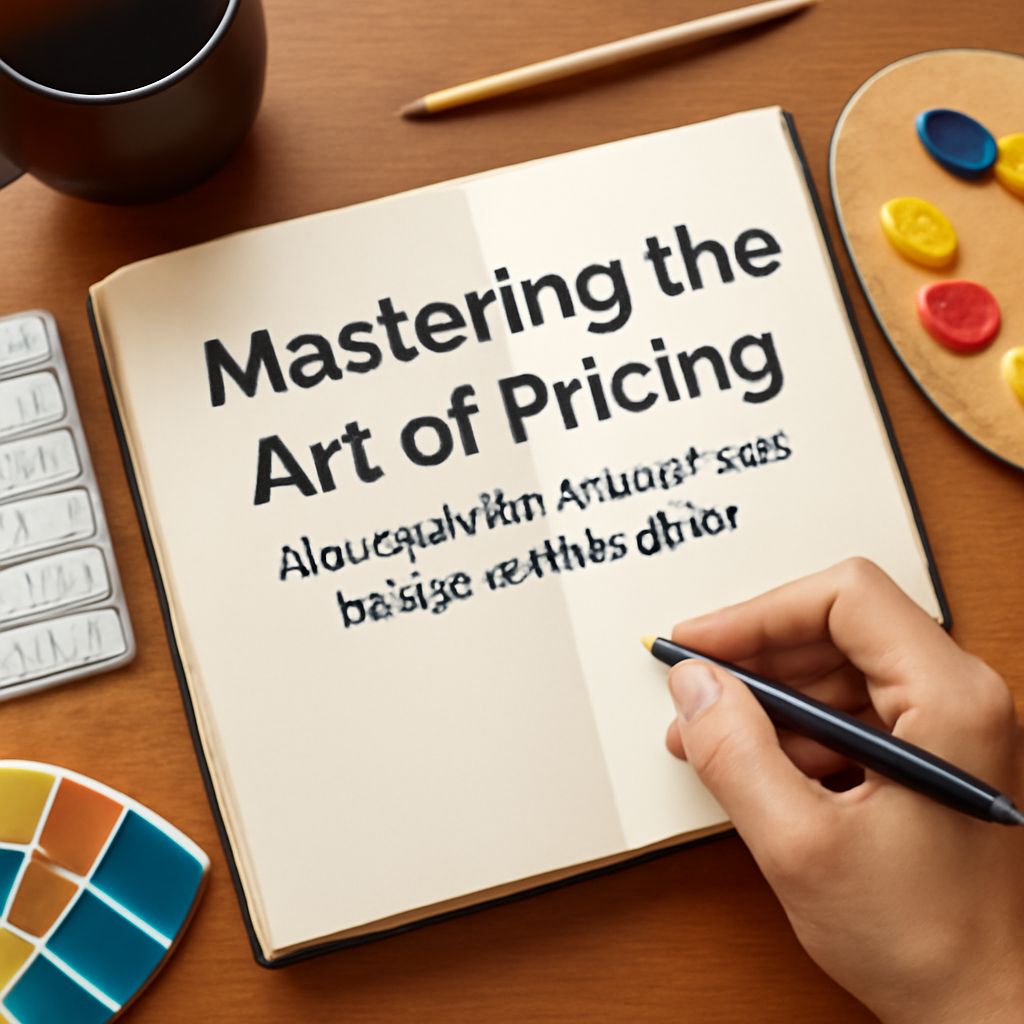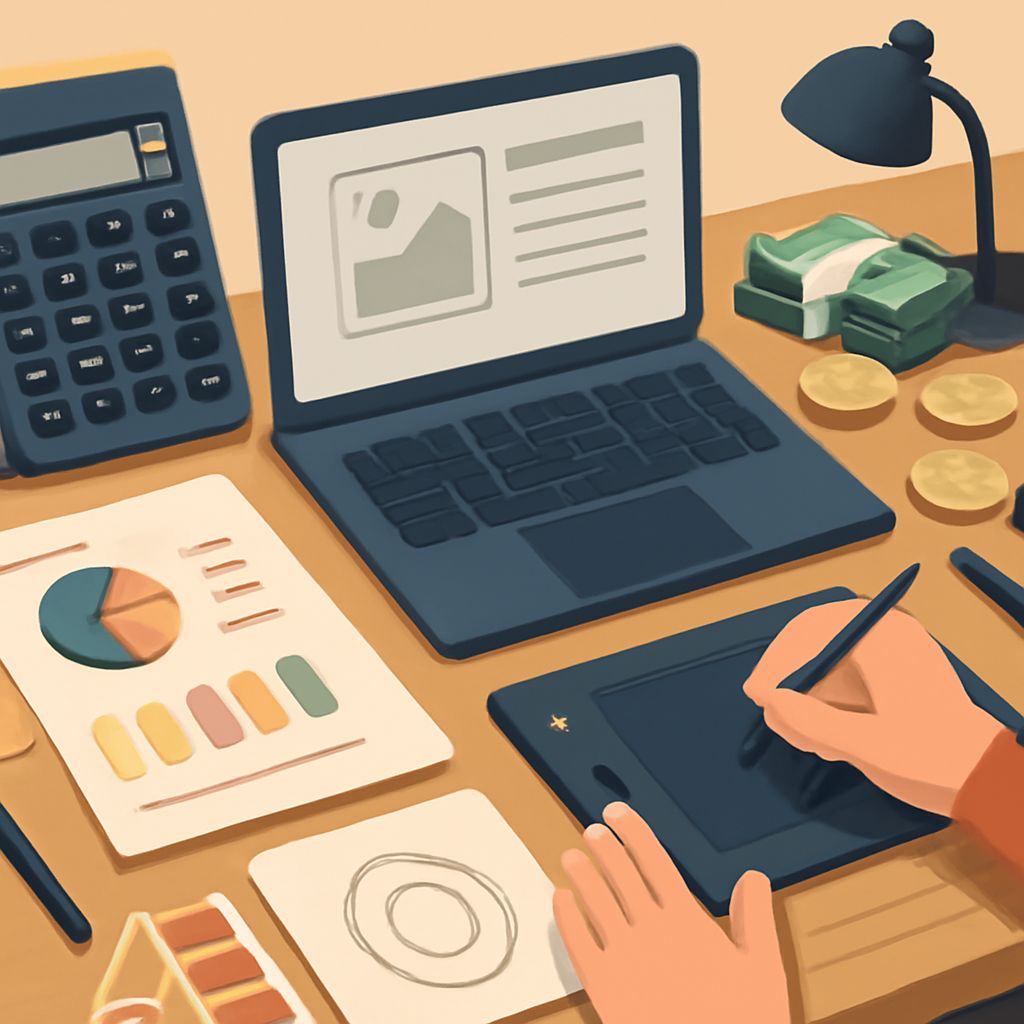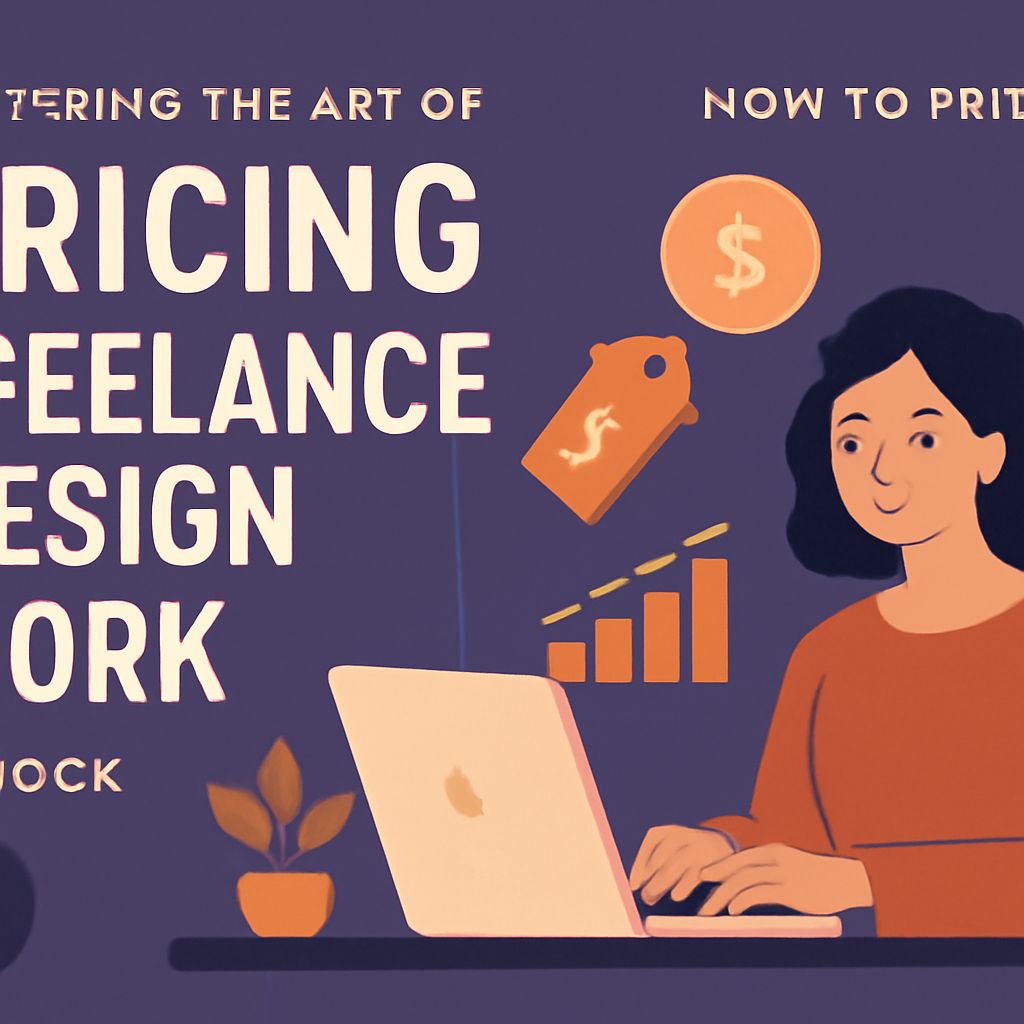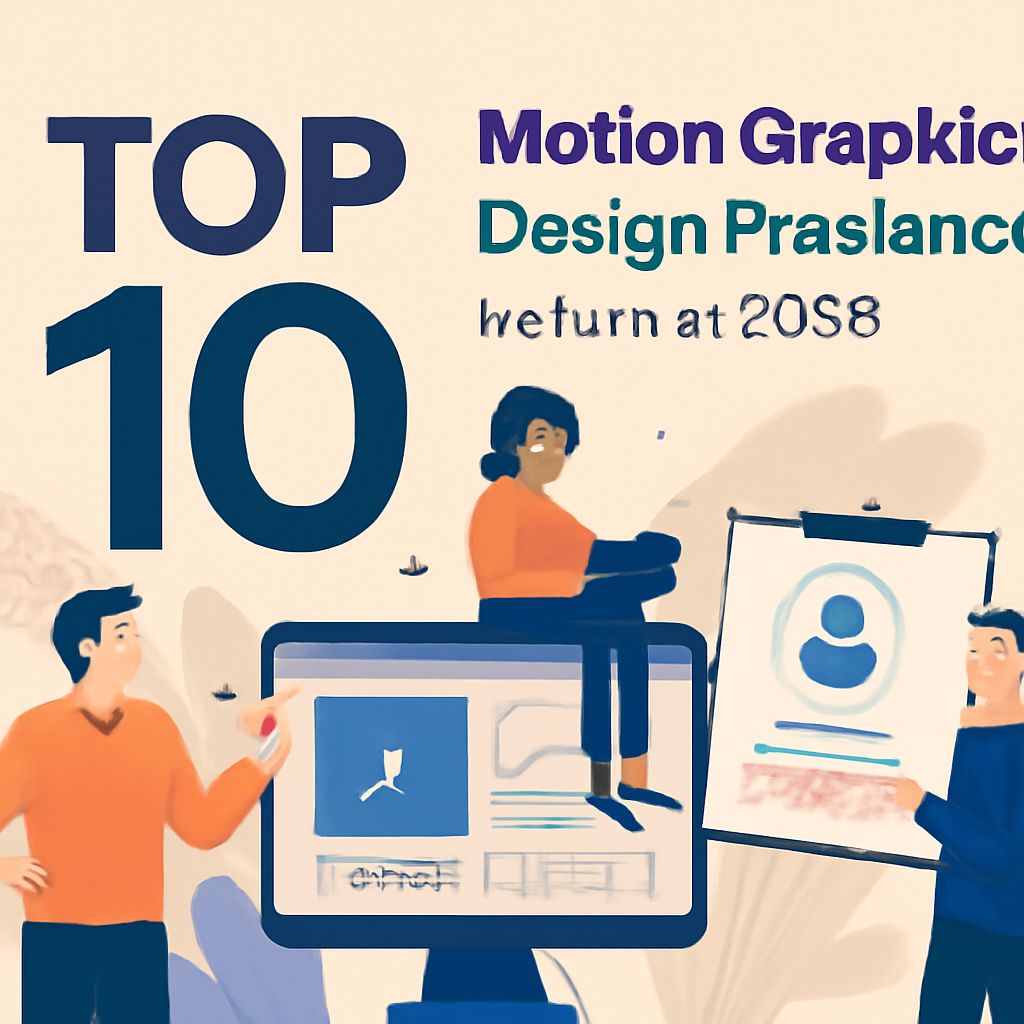Mastering the Art of Pricing: How to Price Freelance Design Work in 2025
As the landscape of freelance design continues to evolve, so too must the methods by which designers price their work. In 2025, freelancers face the dual challenges of a competitive market and the need to communicate their value effectively to clients. This article delves into the intricacies of establishing fair and profitable pricing for freelance design projects, providing insights and methodologies that can help designers thrive in a dynamic environment.
The Importance of Pricing
Pricing is one of the most critical aspects of running a freelance design business. It affects not only your profit margins but also how clients perceive your professionalism and value. A well-thought-out pricing strategy can lead to:
- Better client relationships.
- Increased project efficiency.
- Greater financial stability.
- Enhanced reputation in the market.
Understanding Your Worth
Before setting your prices, it’s essential to understand your worth as a freelance designer. This understanding is influenced by several factors:
| Factor | Explanation |
|---|---|
| Experience Level | More experienced designers can command higher rates due to their refined skills and portfolio. |
| Specialization | Niche skills, such as UX design or motion graphics, may allow you to charge a premium. |
| Market Demand | If there’s high demand for your services in your area or industry, you can adjust your prices accordingly. |
| Client Type | Corporate clients typically have larger budgets than startups or non-profits, enabling different pricing strategies. |
Pricing Models: Finding the Right Fit
There are several pricing models that freelance designers can adopt. Each has its advantages and may suit different types of projects and client relationships.
1. Hourly Rate
The hourly rate is one of the most common pricing methods. Freelancers charge a set amount for each hour spent on a project.
Pros:
- Simple to calculate.
- Ideal for projects where scope can change.
Cons:
- Clients may be wary of open-ended budgets.
- Designers might undervalue their speed and efficiency.
2. Fixed Pricing
Fixed pricing involves providing a complete price for a project, based on the scope of work defined upfront.
Pros:
- Clear and straightforward for clients.
- Encourages designers to work efficiently.
Cons:
- Potential for scope creep without careful management.
- Risk of underestimating the time required.
3. Value-Based Pricing
With this model, designers set prices based on the perceived value of their work to the client, rather than just the time spent.
Pros:
- Can lead to higher profits when the design significantly impacts the client’s business.
- Aligns designer and client goals.
Cons:
- More complex to calculate.
- Requires deep understanding of client needs and market conditions.
Researching Market Rates
Understanding the market is key to setting competitive prices. Here are some strategies for researching market rates:
- Surveys: Participate in or conduct surveys to understand the pricing practices of fellow freelancers.
- Webinars and Workshops: Attend industry events where pricing strategies are discussed.
- Freelance Platforms: Explore platforms like Upwork or Freelancer to gauge going rates for similar services.
Creating a Pricing Strategy
Your pricing strategy should be tailored to your unique situation and the specific needs of your business. Here are steps to help you create an effective pricing strategy:
- Define Your Services: Clearly outline what services you provide and how they benefit your clients.
- Analyze Your Costs: Calculate all costs involved in running your business, including software, tools, and taxes.
- Research Competitors: Look at what similar designers are charging to ensure you’re competitive.
- Set Your Rates: Based on your analysis, set your hourly rates or project fees, considering your experience and specialization.
- Test and Adapt: Be prepared to adjust your rates based on feedback, project types, and changes in the market.
Negotiation Techniques for Freelancers
Once you’ve established your pricing, you may encounter negotiation situations with potential clients. Here are some effective negotiation techniques:
- Be Confident: Present your rates confidently, emphasizing the value you bring to the project.
- Know Your Bottom Line: Be clear about the minimum rate you can accept and stick to it.
- Offer Packages: Create tiered pricing packages to give clients options while maintaining your desired profitability.
- Be Open to Discussion: Listen to client concerns and be prepared to discuss alternatives that could work for both parties.
Communicating Value to Clients
To justify your pricing, effectively communicating the value of your work to clients is paramount. Strategies to communicate value include:
- Showcase Past Work: Use a portfolio that highlights your best projects and their impact on previous clients.
- Provide Testimonials: Include client testimonials that speak to your skills, professionalism, and the results of your work.
- Explain Your Process: Educate clients about your design process, showcasing the thought and strategy behind your work.
- Report Results: If possible, share metrics that demonstrate the success of previous designs, such as increased engagement or sales.
Conclusion
Mastering the art of pricing freelance design work in 2025 requires a strategic approach that balances market realities, personal value, and client expectations. By understanding your worth, selecting the right pricing model, and effectively communicating the value of your services, you can create a sustainable freelance design business that not only meets your financial goals but also fosters long-term client relationships.
FAQ
What factors should I consider when pricing my freelance design work in 2025?
When pricing your freelance design work in 2025, consider factors such as your experience level, the complexity of the project, market demand, and the specific needs of your client. Additionally, keep an eye on industry trends and competitive pricing.
How can I determine my hourly rate as a freelance designer?
To determine your hourly rate, calculate your desired annual income, divide it by the number of billable hours you expect to work in a year, and adjust for taxes and overhead costs. Research what other designers with similar experience charge to ensure your rate is competitive.
Should I offer fixed pricing or hourly rates for my design projects?
Both fixed pricing and hourly rates have their advantages. Fixed pricing can provide clarity for clients and encourage efficiency, while hourly rates can be more flexible for projects with uncertain scopes. Choose the model that best fits the nature of your project and client relationship.
How can I justify my pricing to potential clients?
Justify your pricing by articulating the value you bring to the project, including your skills, experience, and the results you have achieved for previous clients. Providing a detailed proposal that outlines your process and deliverables can also help clients understand the investment.
What should I do if a client says my prices are too high?
If a client claims your prices are too high, consider discussing their budget and project scope to find a middle ground. You can also explain the quality and value of your work, and be open to negotiating terms that work for both parties.
How often should I reevaluate my pricing as a freelancer?
It’s advisable to reevaluate your pricing at least annually or when you gain new skills, complete significant projects, or observe shifts in market demand. Regular assessments ensure your rates align with your expertise and the value you provide.




